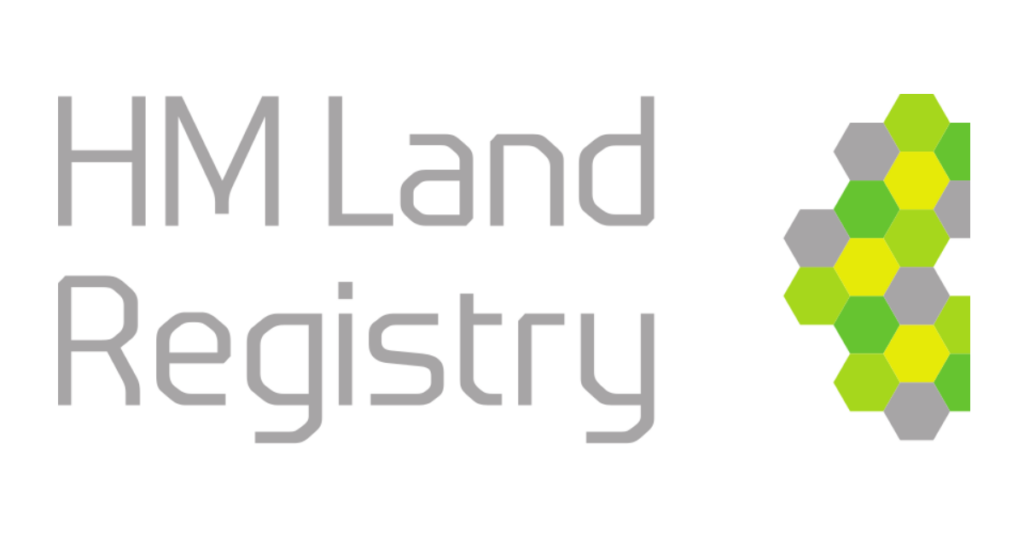In busy workplaces, information should flow as smoothly as conversation. Yet, studies still show that employees lose up to 1.8 hours each day searching for the right file. When crucial evidence is missing for audits or project timelines slip, reputations take a hit, not to mention the sheer frustration for employees and wasted time for employers. By contrast, organisations that master document control see smoother audits, faster decision‑making and more confident teams.
The way to reduce the risk of information chaos is to implement a strong document control strategy. It causes gaps in the way organisations create, approve and share written knowledge, from traditional paper to digital information. This article unpacks document control, explains why it matters to firms of every size and sets out a modern, digital‑first framework you can apply today.

What is document control?
At its simplest, document control is the disciplined management of documented information, from first draft to secure destruction. A robust document control system assigns clear ownership, records every revision, keeps one approved master copy and provides an audit trail that shows who changed what, when and why.
Think of it as the quality‑assurance layer that sits above everyday document management. Where document management merely stores files, document control governs their accuracy, integrity and accessibility. Much like a library’s card index, each document carries consistent metadata so it can be found and verified instantly, even years after publication.
The purpose is twofold: to guarantee that users can trust the version in front of them and to prove that trust to customers, regulators and auditors.

Benefits of document control
When the practice of document control is part of the daily work routine, the gains are almost immediate. Endless searching drops, productivity rises, and teams collaborate with confidence instead of guesswork.
When your documents are aligned, you get consistent product quality and quicker team integration. On top of that, it also safeguards compliance with GDPR, ISO 9001 (which focuses on customer satisfaction), MHRA, FCA and many other regulations.
Beyond compliance, robust control improves employee morale – people spend more time innovating and less time looking for “version5Final_Final”. It also delivers tangible cost savings through reduced rework, lower printing costs and shorter time‑to‑market for new services.
In short, with proper document control, time and money are saved, and information is quick and easy to find. Restore Information Management delivers reliable services that maintain document availability and integrity.

Who needs document control?
Larger companies, especially in regulated industries, have long treated document control as non‑negotiable, but scaling SMEs and start‑ups often feel the strain first. As the company and number of employees grow, so do duplicated folders, email threads and conflicting edits. A lightweight, cloud‑based document control system prevents that disorder before it starts to accumulate costly operational debt. It provides consistency, accountability and streamlined workflow from day one.
Distributed teams that work across time zones benefit especially. A single, authoritative repository removes the confusion of emailing drafts around and ensures that everyone, from Cape Town to Carlisle, is guided by consistent, up-to-date and accurate information.
The document control procedure explained

Authors draft content using an approved template that embeds correct branding and mandatory metadata (such as owner, department, security classification). At this stage, the document receives a unique identifier and version (for example, “0.1”), ensuring it can be traced even before approval.

Appointed team members check the accuracy, relevance and regulatory alignment, adding tracked comments rather than overwriting text. The platform presents a side‑by‑side comparison so conflicting suggestions can be resolved quickly and transparently.

A named approver (often a quality or compliance lead) signs off the document. For especially sensitive data, modern systems can capture an electronic signature and lock the file, freezing the revision and satisfying auditors who require clear signatory evidence.

One controlled copy is published to a secure repository that is often encrypted. Automated distribution lists push the document to relevant teams, while superseded versions are watermarked “obsolete” and archived automatically.

Team members who need to be in the know receive notifications of changes. If the changes impact process or policy, users must complete a “read‑and‑understood” task or short e‑learning module. The acknowledgement log provides proof during external audits.

The system triggers reminders ahead of the next review date. Dashboards highlight overdue items and escalate to management, ensuring no critical procedure is missed.

Every document follows a mapped retention schedule aligned with statutory and contractual requirements. At the end of life, physical copies are securely shredded, digital files are cryptographically wiped, and the platform records a full chain‑of‑custody report.
In their various forms, from organisation to organisation, these steps transform scattered information into a single, trustworthy knowledge base and form the cornerstone of a reliable document control framework.

Document control and ISO 9001 compliance
ISO 9001 is an internationally agreed-upon standard for running a business well and assuring that customers get the right product or service every time. When a company is certified, an independent assessor has confirmed that these good habits are in place and being followed.
Clause 7.5 of ISO 9001:2015 then sets clear requirements for “documented information”, covering identification, storage, protection, retrieval, retention and disposal.
A compliant and proper document control procedure must:
- Assign unique identifiers and revision numbers
- Prevent the unintended use of obsolete documents
- Maintain secure, traceable access for as long as the record is required.
Aligning with these principles also supports related standards such as ISO 13485 (medical devices) and ISO 17025 (testing and calibration laboratories), creating a harmonised compliance ecosystem. Restore Information Management’s document control solutions are designed to meet these requirements and help businesses remain compliant
Document control best practices
Begin with a concise policy that spells out responsibilities, naming conventions and any necessary escalation paths.
Automate the numbering of document versions to avoid human error, and integrate the control platform with everyday tools such as Microsoft 365, so that users see one source of truth.
Monitor metrics, retrieval time, overdue reviews, and audit findings, so you can refine the process continuously.
Establish a network of “document champions” in each department to promote best practice, and schedule internal mini‑audits every quarter, so issues are caught early rather than surfacing under outside scrutiny.
Effective version control is achieved through sophisticated document management tools that allow users to edit documents while maintaining a clear record of changes. These systems ensure that every modification is tracked, and users can easily revert to or reference the original version when needed.
“We have been delighted with the level of service and support provided by the teams at Restore Information Management.” Debbie Dolan, Operations Director at Morrisons Solicitors LLP

Why document control needs a Phygital approach
Paper files can slow down productivity and inflate carbon footprints, but cloud‑based systems can change this equation. For instance:
- Optical character recognition makes scanned PDFs fully searchable
- Workflow engines route drafts to the right approver
- AI assistants can flag duplicate content or looming review dates
Modern platforms also scale elastically as your file count grows and include cybersecurity features such as encryption, role‑based access, and two‑factor authentication to protect sensitive data from evolving threats.

How modern document control supports sustainability
The environmental dividend is significant. Paper production still consumes around 35% of all harvested trees worldwide. By moving towards a digital document management system, organisations reduce print volumes, free up office space and eliminate the emissions linked to transporting and storing physical files, an easy yet meaningful contribution to ESG targets. The move also aligns with circular‑economy principles and provides clear metrics for annual CSR reports.
Choosing the right document control system
Choose software that can grow with your business, keep an unbeatable record of every change, and plug smoothly into the tools you already use. Additionally, it should ideally feel simple enough that even non‑technical colleagues can get started without a long training course.
A UK‑based helpdesk means any hiccups are fixed quickly, while built‑in options for ISO 9001, GDPR and other rules let you switch on compliance rather than building it from scratch. Restore Information Management’s cloud platform covers all of this and pairs you with consultants who tailor the setup to your way of working, whether you’re running a small pilot or rolling it out company‑wide.
Because the interface works just as well on a phone as on a desktop, and can bolt on smart AI tools when you’re ready, you won’t outgrow it as standards change and your team’s expectations rise.
Ready to take control of your documents?
If audits feel stressful or staff still ask “Which version is right?” or sustainability goals demand a paper‑light office, now is the time to act.
At Restore Information Management, we combine ultra-secure scanning and digital hosting systems with a tailored transformation plan to turn scattered paperwork into secure, searchable knowledge, liberating your team to focus on the work that truly moves your organisation forward.
Speak with our experts for guidance at every step, from initial scoping to post‑launch optimisation, so you gain a living, breathing document control system that’s primed to deliver long-term benefits for your organisation.



